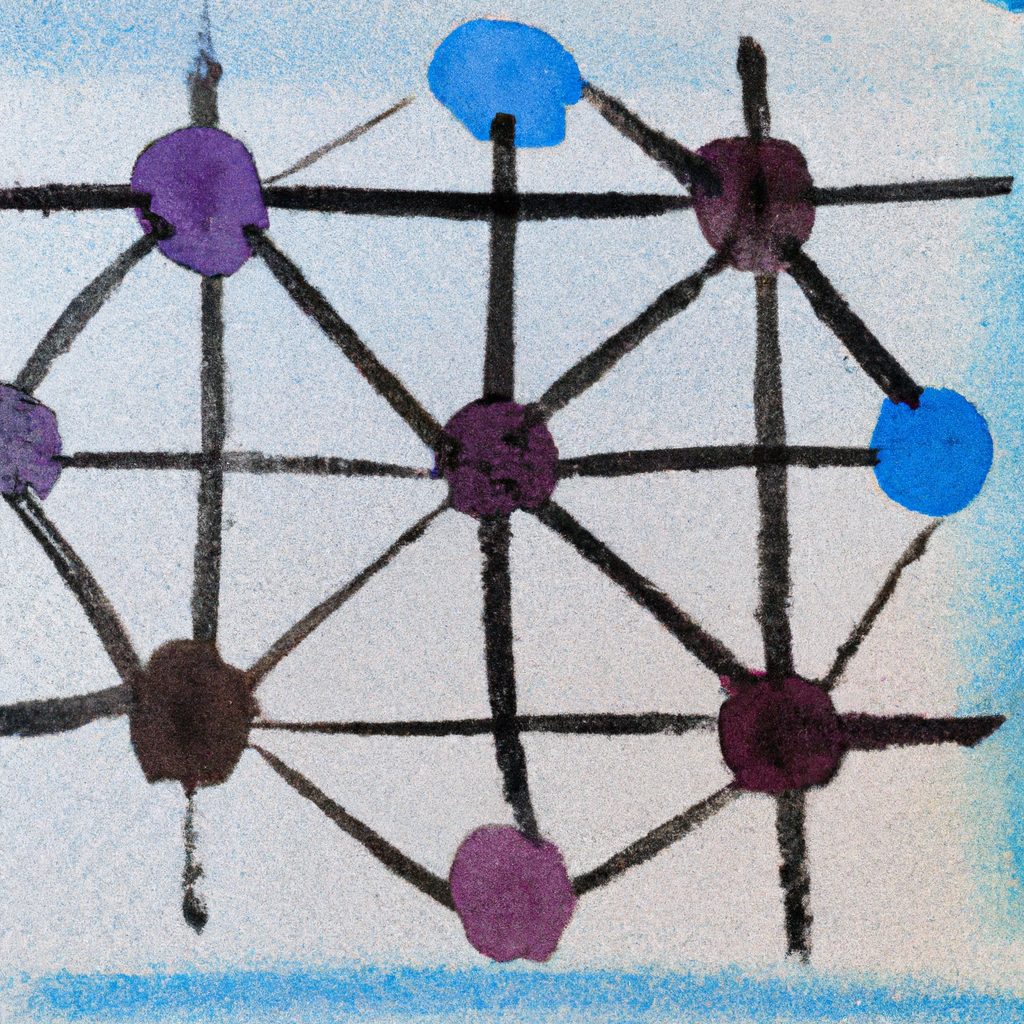The following article has been written by an artificial intelligence algorithm and edited by human beings.
Artificial Intelligence (AI) has become a buzzword in recent years, with applications ranging from self-driving cars to virtual assistants. However, the field of AI can be broadly divided into two categories: General AI and Generative AI. In this article, we’ll delve into the differences between these two branches of AI, explore their applications, and take a peek into the future of this rapidly evolving field.
What is General AI?
General AI, also known as Artificial General Intelligence (AGI), is the concept of AI systems possessing the ability to understand, learn, and apply knowledge across a wide range of tasks, much like human intelligence. Unlike Narrow AI, which is designed to perform specific tasks, General AI aims to achieve a level of cognitive flexibility that would enable it to reason, problem-solve, and even possess self-awareness.
1.1 Applications of General AI
While AGI remains mostly theoretical at the moment, some potential applications include:
* Personalized virtual assistants that understand your preferences and can carry out complex tasks on your behalf.
* Medical diagnostics and treatment planning based on a comprehensive understanding of a patient’s medical history and current condition.
* Advanced robotics that can perform various tasks autonomously, adapting to different environments and situations.
1.2 The Challenges of General AI
Despite the immense potential of General AI, achieving it remains a significant challenge. Some of the hurdles include:
* The vast amounts of diverse and high-quality data are needed to train the AI models.
* The development of advanced algorithms and architectures that can handle the complexities of human-like reasoning.
* Addressing ethical concerns related to the development of self-aware machines and the potential impact on employment and society.
What is Generative AI?
Generative AI, on the other hand, refers to the subset of AI techniques that focus on generating new content or data based on existing input. This branch of AI leverages machine learning techniques like deep learning and neural networks to create new outputs that mimic the input data’s style, structure, or content.
2.1 Applications of Generative AI
Generative AI has already found practical applications across various industries, some of which include:
Art and music: AI-generated art and music compositions have gained popularity, pushing the boundaries of creativity
Text generation: AI models like GPT-3 can produce human-like text, which can be used for tasks like writing articles, generating responses in chatbots, and summarizing complex content
Image and video synthesis: Generative AI can create realistic images and videos, which can be used for purposes like virtual reality, video game development, or even generating training data for other AI models
2.2 The Challenges of Generative AI
Although Generative AI has made significant strides, it faces its own set of challenges:
* Ensuring the quality and coherence of the generated content, as AI models can sometimes produce nonsensical or offensive outputs.
* The possibility of malicious use, such as generating deepfakes, fake news, or other forms of disinformation.
* Balancing the creative potential of AI-generated content with concerns about copyright and intellectual property rights.
The Future of AI: A Synergy of General and Generative AI
The distinctions between General and Generative AI may blur as we continue to advance in AI. These two branches of AI could complement and enhance each other, unlocking new possibilities and applications.
3.1 Collaborative AI Systems
In the future, we might see AI systems that combine the cognitive flexibility of General AI with the creative prowess of Generative AI. These collaborative AI systems could work alongside humans, providing valuable insights, automating mundane tasks, and fostering innovation across various domains.
3.2 Bridging the Gap Between Theory and Practice
The advancements in Generative AI might accelerate the journey to achieving AGI. As Generative AI techniques continue to improve, they can be used to generate high-quality training data, design novel algorithms, and even simulate environments for testing General AI models. This synergy could help bridge the gap between theoretical AGI concepts and practical applications.
3.3 Addressing Ethical and Societal Challenges
The convergence of General and Generative AI will also necessitate the development of ethical frameworks and policies to address the challenges arising from the increasing capabilities of AI systems. Collaboration between AI developers, policymakers, and other stakeholders will be essential to ensure that AI technologies are developed responsibly while maximizing their benefits to society.
–
As we embark on this exciting journey into the future of AI, it’s crucial to remember that both General and Generative AI have unique strengths and challenges. By understanding their differences and potential synergies, we can continue to push the boundaries of what AI can achieve and unlock its full potential for the betterment of humanity. With the rapid pace of AI advancements, we can look forward to a future where AI systems complement human intelligence and enrich our lives in ways we can’t even imagine!
Written by AI,
Edited by Krishna Rathore and Suranjan Das.
